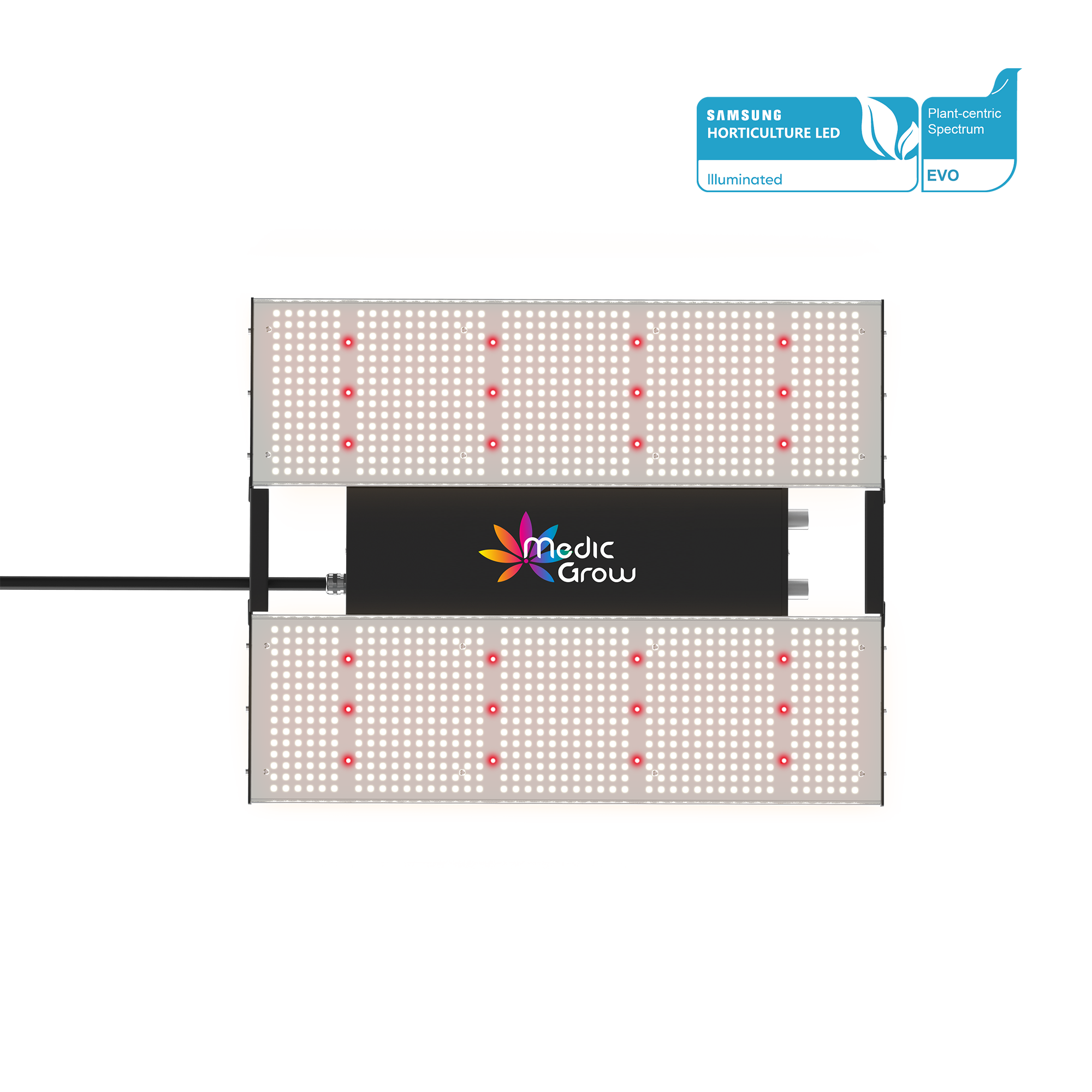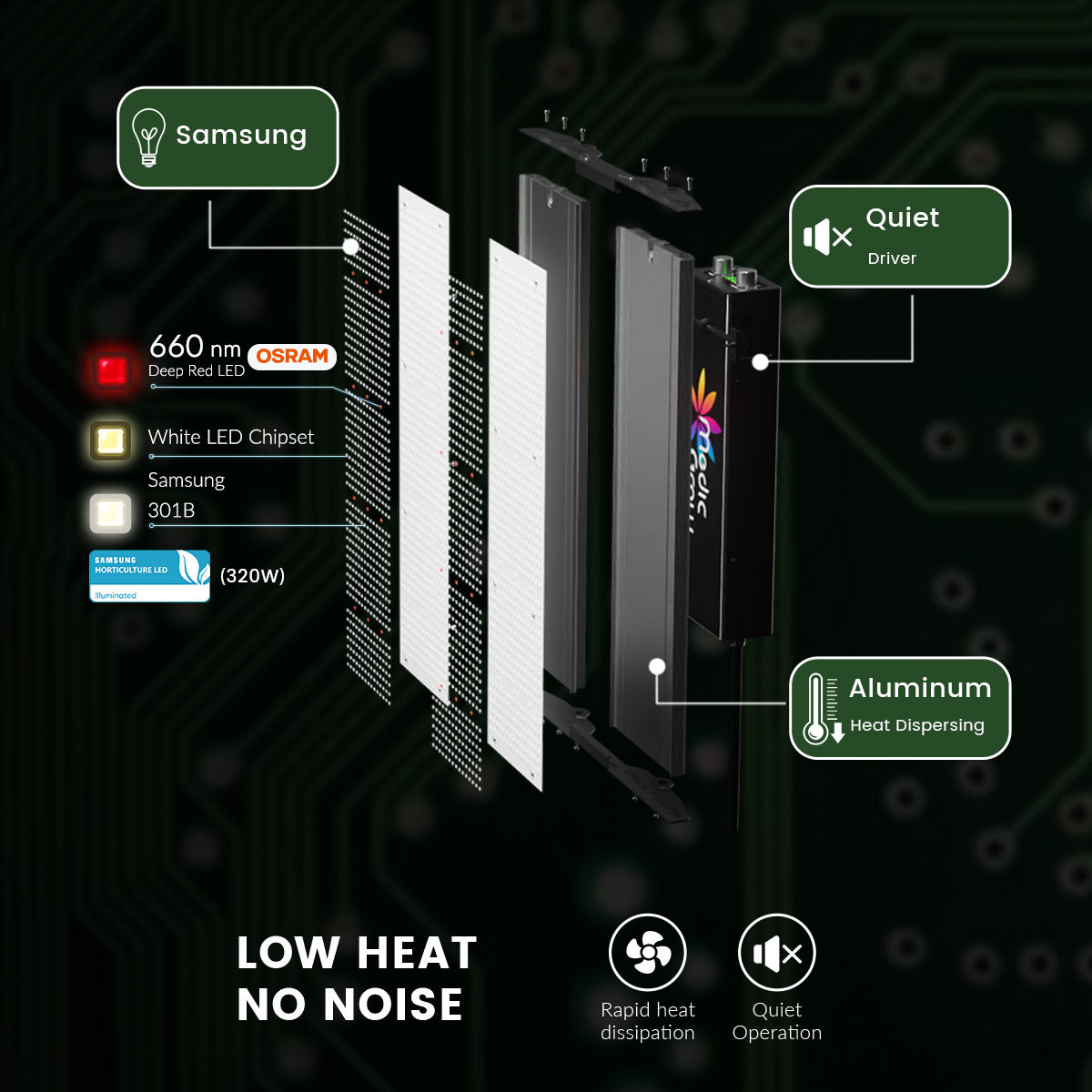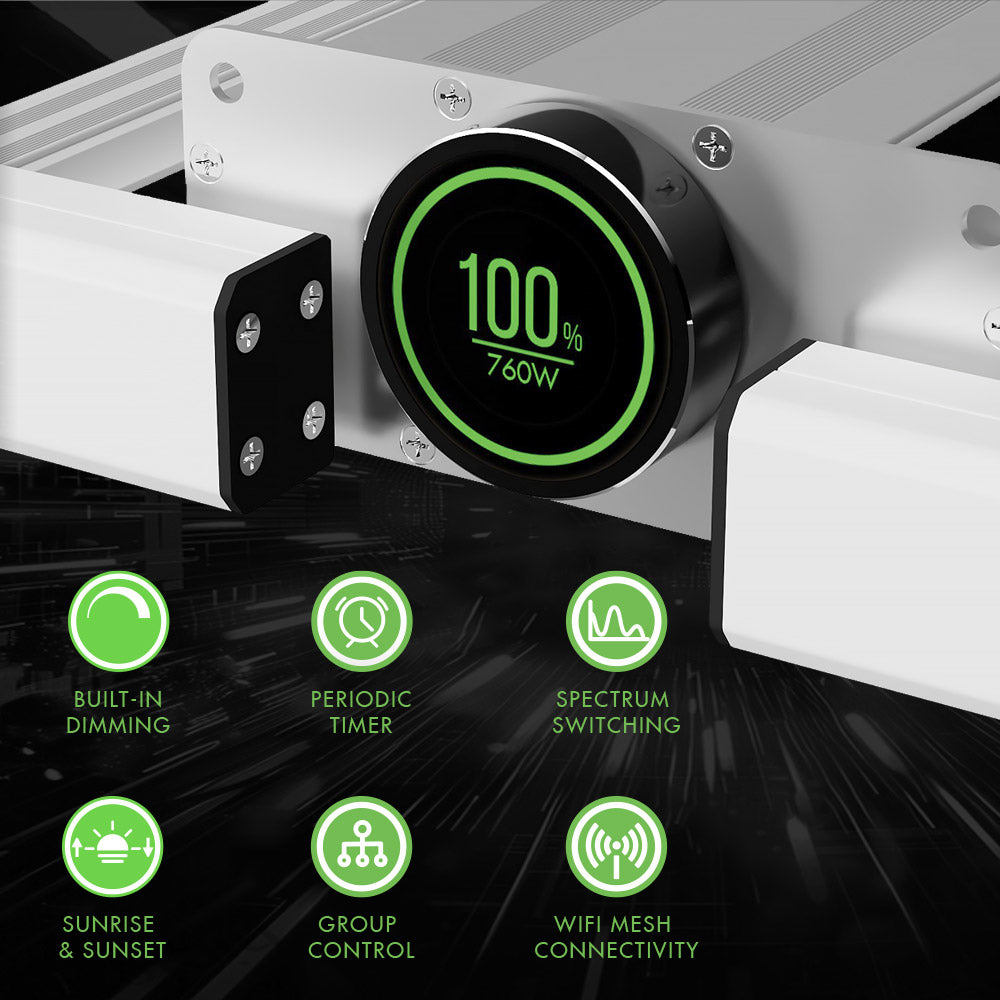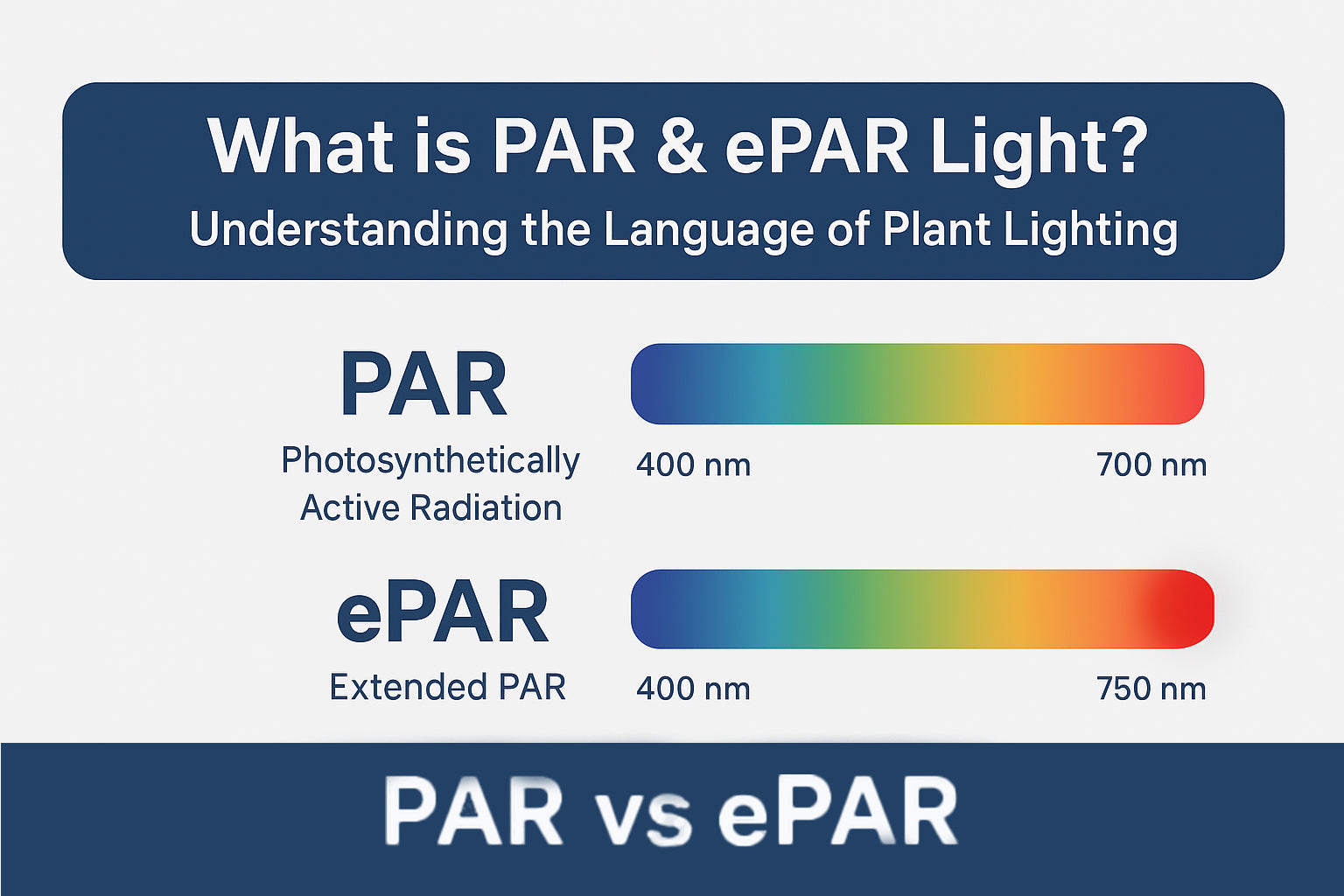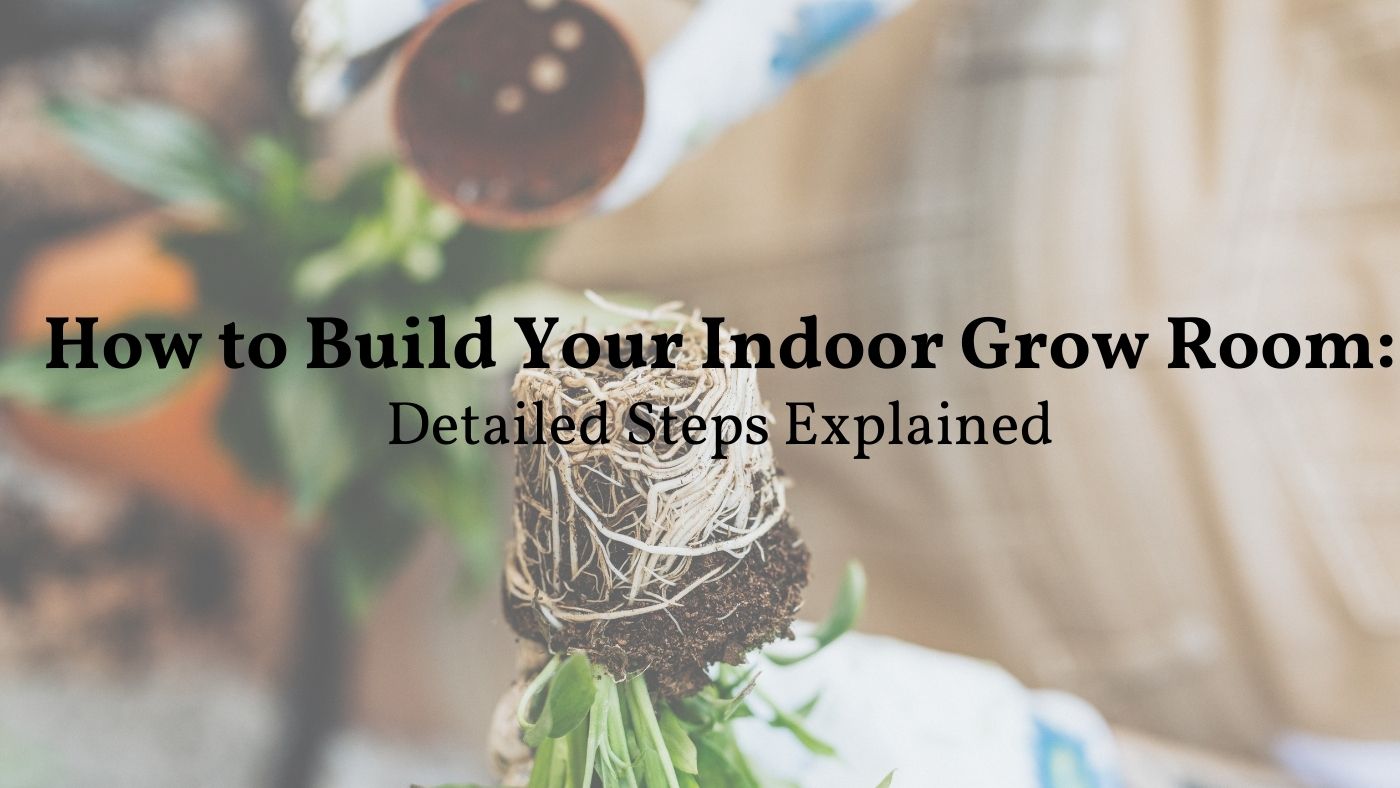
How to Build Your Indoor Grow Room: Detailed Steps Explained
Beginners wish to have their own indoor grow room, but often, they do not know how to build one.
Building an indoor grow room and getting it equipped with the right indoor grow lights is not an impossible or tough task; however, you need guidance and information that can help you build a perfect grow room.
In this article, Medicgrow will take you through the complete procedure step-by-step so that you can build your indoor grow room on your own.
We will try to explain the background, issues, important considerations, and precautions to give you a clear and complete idea of every material and equipment.
Let’s dive into it without further delay.
- Part 1: Materials Needed for Indoor Grow Room Setup
- Part 2: 8 Steps to Build the Perfect Indoor Grow Room
- Part 3: Grow Room Safety Tips
Materials Needed for Indoor Grow Room Setup
Let’s have a look at the checklist of the materials you need for an indoor grow room setup.
- Seed Start Plugs
- Containers (earthen pots, fabric containers, plastic pots)
- Full-spectrum LED grow lights for indoor plants or any other grow light
- Grow Tent (if you are not making a customized grow room)
- Color/Reflective Coating (For customized grow rooms)
- Timer
- Oscillating Fans
- Intake Fans
- Exhaust Fans
- Carbon Filter
- Pruners
- Scissors
- Thermo-Hygrometer
- Smoke Detector
- PH Meter
- Water Hose, Spray Bottle, and Water Can
- Gloves
- Protective Glasses
- Spade
- Soil or Potting Mix
- Grow tent kit
8 Steps to Build the Perfect Indoor Grow Room
Step 1: Choose an Area
The process of building the perfect indoor grow room starts with choosing a suitable area. It is the first step because the measures and other steps are according to the area you have selected.
For instance, the size of the grow tent, the number of grow lights, the size of the rack, and other things are according to the place where you are going to create a grow room.
So, before you go any further and arrange other things for the indoor grow room, it is important to choose the area so that everything can be customized as required.
There are a few things that you need to keep in mind while selecting an area for your grow room.
- Size
- Flooring
- Water and Electricity Sources
- Noise
- Safety and Privacy
Size:
The size of the indoor grow room should be according to the plants you are planning to grow. If you are a beginner and want to start, you can start with any suitable space. Once you understand the nitty-gritty, you can shift to a bigger space.
Flooring:
Plants need water, and you need to water your plants after a regular interval. So, there are chances of water spills. There will be water on the floor, so choosing the right flooring is also important.
Water spills not only create a hazard for the workers but also provide a favorable wet environment for bacteria, ferns, and bugs. It is necessary to keep the floor dry.

There shouldn’t be carpet on the floor as it will absorb water and remain wet all the time. It is better to have a concrete floor for this purpose. If there is any drain on the floor, it will help you keep the floor dry and clean.
Water and Electricity Source:
You also need to make sure water and electricity are available at the place.
The water supply should be near so that you can connect a hose and water your plants. If you have only a few plants, you can use a watering can.
Electricity is quite important because you need to power fans, grow lights, humidifiers, and other electrical equipment you will be using in the grow room. Thus, there should be a power source near the area.
Noise, Safety, and Privacy:
While setting up a grow room, you must keep the issue of noise in mind. Fans, ventilation systems, water pumps, and lights make noise. Make sure it won’t disturb your family or anyone living nearby.
You also need to take care of privacy and safety.
The grow room should be away from people and the crowd. You need to keep it private as growing plants takes a lot of care.

Moreover, indoor grow rooms also have to grow lights that emit various harmful rays. It is important to take safety measures while working under such lights.
Thus, you need to make sure there are no intruders in your grow room.
Step 2: Make a Complete Floor Plan
It is good to spend some time creating a floor plan. It will help you utilize your space to have the optimum benefits.
You might have a complete indoor grow room design in your mind, but penning it down will be more helpful. The plan becomes more compulsory when the size of the area increases.
Creating a floor plan will help you decide the space for placing the plant pots and racks. It will help you manage the available area. You can precisely calculate the indoor grow lights and other materials and things you need.
Whether you have a small indoor grow room or a large one, you need to plan everything so that you can have a clear idea of what you need and how to manage everything.

After selecting the space and creating a plan, you can gather all the materials required for creating an indoor grow room.
We have already listed the common and essential materials, so you can arrange them according to your requirements.
If you are a beginner, you can also buy an indoor grow room kit to save yourself from various hassles.
Step 3: Build Your Indoor Grow Room/Tent
Inside the space you have selected, you need to create your indoor grow room. There are several options for creating a grow room according to the area you have.
If you have a small area where you can place a small tent, then buying a grow tent would be a better idea.
For beginners, it is the most feasible and cost-effective solution. The tents are easily available in online stores, and they are perfectly ready to grow your plants; you only need to assemble them.
Most importantly, they have reflective walls and inner areas to prevent the escape of light. Moreover, they have pre-built inlets and outlets for ventilation, lights, and other accessories.
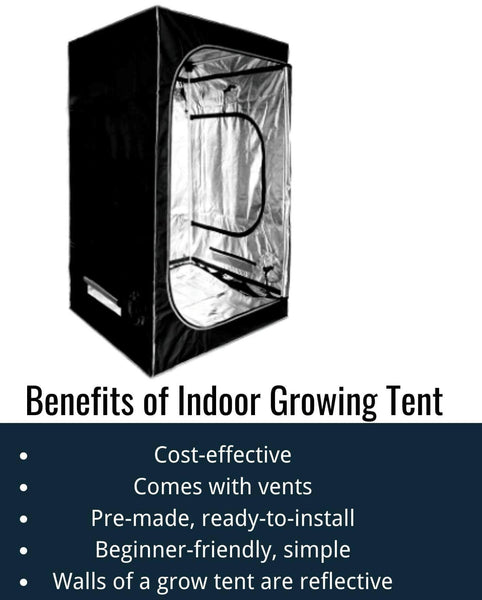
The tents are available in various sizes; you can easily pick the best one according to your needs and the area you have.
Grow Room in Cabinet and Closets:
Some people also choose their closets and cabinets to create the grow room.
However, you need to make sure the area is large enough to hang lights and meet other requirements. You also need a ventilation system in the cabinet to circulate the air and reduce the smell.
Customized Grow Room:
The best and optimal solution for indoor growers is a customized indoor grow room.
There is no doubt a pre-made tent can be handy, but everyone has a different area or space for the grow room.
Therefore, to utilize the complete area and have better results, you need to create your own indoor grow room.

You need a suitable frame for the area where you can hang lights, fans, ventilation system, and other things.
You can also cover the walls with reflective sheets, such as mylar. Make sure the area is airtight and light-tight for optimum results.
The basement is a preferred space for creating an indoor grow room. You don’t need to worry about water spills because of the concrete flooring.
Moreover, the indoor grow room remains private and does not create an issue for the owner. You can customize the area according to your needs.
Step 4: Make Sure There is No Light Escape
This is a very important step. You need to make sure there is no light escape in your indoor grow room.
But the question is: How can you achieve that?
If you are using a grow tent, you don’t need to worry about this issue as the tents have mylar on the walls.
For a customized or DIY indoor grow room, you have two options.
The first option is using mylar.
You can cover the walls of your indoor grow room using it, but it will be expensive. If you are tight on a budget or there is a huge space to cover, you can go with white paint.
Light colors, especially white, do not absorb light. White color is the combination of the complete visible spectrum. It means that it reflects the whole spectrum, which is why we see the white color.
Thus, the white color could be a cost-effective solution. However, it is not as efficient as mylar.
Step 5: Choose the Grow Lights
Here comes the most important step.
For indoor grow rooms, you need to UV grow lights to imitate the sunlight and provide the required spectrum of light to the plants.
Everything depends on your growth light because plants need light to carry out the whole process. They do photosynthesis with the help of light.
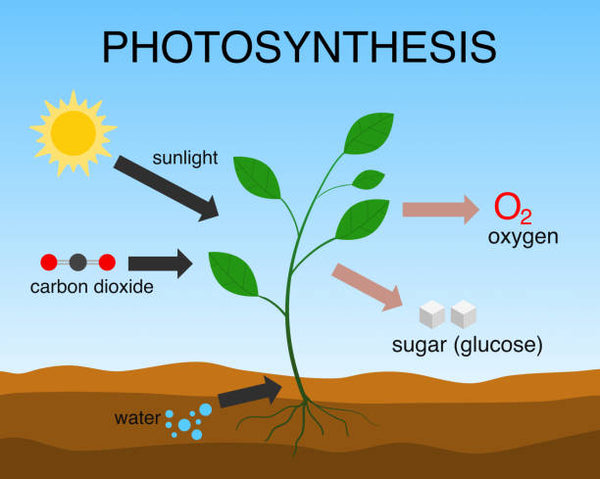
Image Source: iStock
Thus, if you have chosen the right light for your indoor grow room, you will get optimum results.
There are several types of grow lights available; however, they can be categorized into three main types.
- Fluorescent Lights
- High-Intensity Discharge (HID)
- Full Spectrum 1000W LED Grow Lights
Fluorescent Lights
Fluorescent lights are suitable for beginners who have a small grow room and have only a few plants. This is a cheap option for indoor growers.
The best thing about these lights is that they produce less heat compared to incandescent lamps, which is why they are safer and can be placed near plants.
They also save energy, and on the other hand, incandescent bulbs consume a magnificent amount of electrical energy, which is not cost-effective.
Moreover, the lifespan of fluorescent lights is 8-16 times more than incandescent bulbs.
Fluorescent lights are available in various types, such as CFL and fluorescent tubes. They are easily available in stores and online markets.
These lights are good for a budget-friendly indoor grow room, but they have some issues:
The light given by fluorescent lights is not powerful enough, and it is not perfect for the flowering stage.
They are good for the germination of the seed and growth of the plant, but if you need to go further and get better yields, you need to see other options.
High-Intensity Discharge
High-Intensity Discharge Lights are quite powerful, and they emit a considerable intensity of light. These are excellent for the growth of indoor plants, but they are expensive.
Moreover, there are some precautions required. You need to keep the light at a suitable distance to protect the plants, and you also need to protect yourself and the workers in the area by taking all safety measures.
There are three types of High-Intensity Lights available: High-Pressure Sodium (HPS), Metal Halide (MH), and Ceramic Metal Halide (CMH).
You need to select the suitable one according to your needs. Keep in mind that these lights are not suitable for beginners and small indoor grow rooms.
LED Grow Lights
LEDs are the best lights for indoor growing, especially Medicgrow Smart grow lights. These are perfect whether you have a small or large indoor grow setup.
The first advantage of LED grow lights is that they are efficient.
Around 80-90% of the electrical energy is converted into light, and there is a minimum amount of heat release.
Thus, these are more efficient than other technologies. They save a lot of energy, and it is reflected by the energy bills.
Moreover, these lights do not cause any harm to the plant or fruit because they do not emit much heat.
The plants can grow well and offer an excellent yield. The temperature of the grow room remains low, and in control, so you need less water for plants.
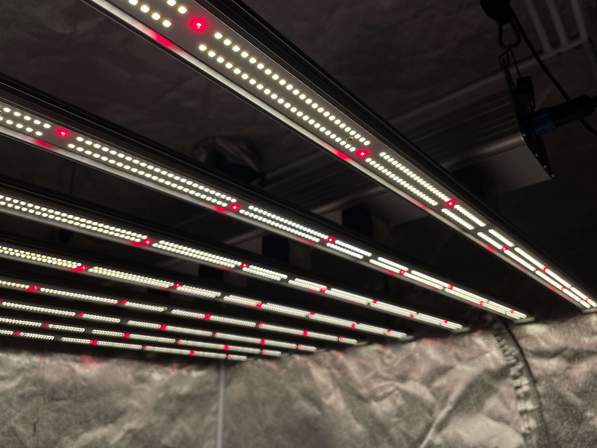
The light produced by LED lights is also directional.
It does not spread in other directions and is focused on the plants. The best part is that the LED grow lights can offer different spectrums as required by the plants.
For instance, Spectrum X LED grow light offers four spectrums, including V1, F1, VS, and FS. You can also control the intensity of light through its dimmer and give your plants the intensity they need according to the growing stage.
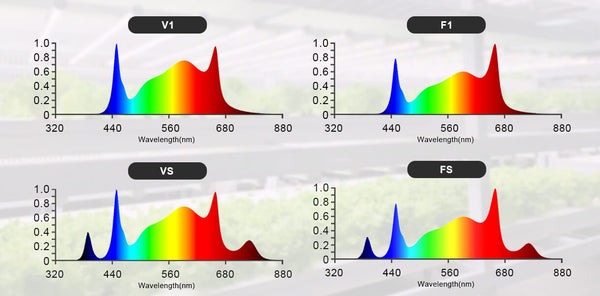
In simple words, 800W LED grow lights can help you achieve the optimum results as you can customize everything according to the plant and growth stage. You only need to choose the best grow lights for indoor plants to get optimum results.
150W LED grow lights are a bit expensive compared to other technologies. But their running cost is much lower as they are quite efficient.
Moreover, the average lifespan of these lights is about 15-20 years. So, these are expensive initially but are cost-effective in the long run.
Step 6: Set Up a Ventilation System
Before we dive into how to set up a ventilation system, we must understand why it is necessary and how it creates an impact inside your indoor grow room.
Need for CO2:
We know plants need two things to create glucose; one is water and the other is carbon dioxide.
We provide water to plants, but the carbon dioxide is taken from the air. These two things are essential for photosynthesis.

Image Source: khanacademy.org
Plants take carbon dioxide and emit oxygen as a byproduct, so if there is no fresh air inside the grow room, carbon dioxide will deplete from the air.
The shortage of carbon dioxide is not good for plants, and they won’t be able to produce their food. Therefore, it is essential to replace the air with fresh air.
Humidity Control:
Another important issue is the humidity level.
The humidity of an indoor grow room increases with time due to transpiration and water that we give to plants.
High humidity is an issue, and it must be controlled through ventilation. It provides a favorable environment where molds and bugs exist. It will badly affect your plants, so it is vital to remove the air to reduce humidity.
Temperature:
Ventilation also reduces the temperature of the area. The heat from grow lights accumulates in the area, and it is harmful to the plants. So, the heat must be expelled out of the indoor grow room.
Smell:
Beginners might not have an idea of the smell produced by the plants. If you want to keep the area smell-free, then air ventilation is a must.
The smell that accumulates in the air is quite irritative for your family and people visiting the home. Make sure the ventilation is enough to reduce the smell produced by plants.
Now, we understand the necessity of a ventilation system inside an indoor grow room. Let’s see how we can create a ventilation system.
There are four things used for this purpose: Oscillating fans, Exhaust fans, Carbon filters, and Intake fans.
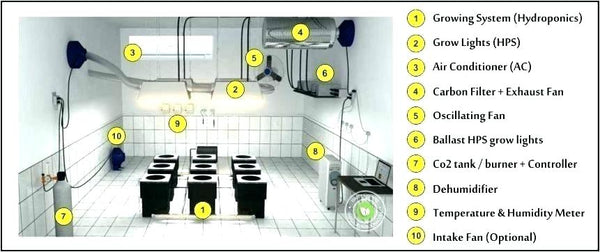
Image Source:thegrowstore.com
Oscillating Fans:
The oscillating fans are used to create an airflow inside the area. They create an air movement that also assists the exhaust fan.
Naturally, hot air accumulates at the top, and cool air remains at the bottom. These fans mix the air and create a homogeneous temperature in the area.
The flow of air also creates a cooling effect for plants, which is helpful in their growth.
Exhaust Fans and Carbon Filters:
The exhaust fans and carbon filters are used together.
The purpose of an exhaust fan is to remove the air from the area. It helps in maintaining the humidity level. It also removes the smell from the area, and the carbon filter connected to it eliminates the smell.
Thus, the air coming out of the indoor grow room does not have any smell as it is treated by a carbon filter.
Intake Fans:
The purpose of intake fans is quite clear.
When exhaust fans remove the air from the room, the intake fans replace it with fresh air. It maintains the carbon dioxide level so that plants can produce glucose.
Usually, the exhaust fan is more powerful than the intake fan. They are positioned at opposite corners; one corner is for intake, and the other is for the exhaust.
If you are using a grow tent, it will have dedicated spaces for these fans. The intake fan is usually placed at the bottom, while the exhaust is at the top of the opposite wall.
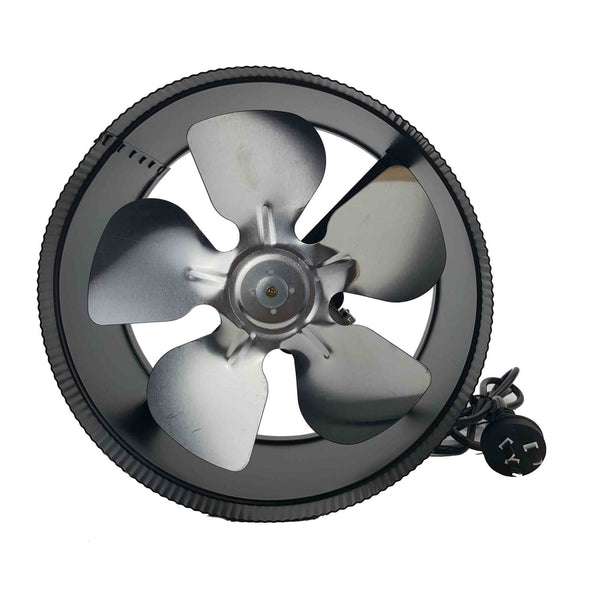
Image Source: eBay
Step 7: Temperature Control
Temperature control is quite important for the optimal growth of plants. It also depends on the plants, and you need to maintain a suitable temperature that can give you better results.
For temperature monitoring, you need to install sensors and devices like a grow light controller that will monitor the temperature of your grow room all day.
It will help you keep an eye on the changes and what you need to do to control the temperature.
Thermo-Hygrometer can record temperature as well as humidity. It is the best option for indoor growers.
Extreme low and high temperatures are not suitable for plants.
If the temperature is too high, you will need more water, and the plants might suffer from water shortages.
On the other hand, low temperature creates a hindrance in the absorption of nutrients. Moreover, the moisture also remains on plants, which can lead to mold.
For the control of temperature, the optimum solution is an air conditioning system. You can control the temperature according to the climate where you have the grow room.
Ventilation systems also assist in controlling temperature a bit; however, we cannot rely only on it.
Step 8: Start Plantation
Your indoor grow room is ready, and now, you can start the plantation.
As you have set up everything, now it is time to place the pots/seed starter plugs/fabric containers.
You can sow the seeds and start watering them from time to time. Make sure to control the temperature, humidity, light, ventilation, and other factors.
Grow Room Safety Tips
Electrical Safety
Electrical safety is essential in an indoor grow room. You cannot take any chances as it is quite risky.
- First, you need to ensure proper wiring and supply outlets. The wiring should be according to the load you are going to use. You cannot randomly select any wire. You need to consult an expert electrician who will calculate the load and recommend a suitable wire gauge, number of strands, and everything.

- You must install protection devices to cut off the power supply in case of any issue.
- Always keep the floor dry so that there are fewer chances of shocks. Proper ventilation and time-to-time cleaning will keep the floor dry. Moreover, your water system should not spill water on the floor.
- The wires and plugs should not be loose. Make sure they are tight enough to prevent sparks.
Fire Safety
- Short circuits and other electrical issues can also cause a fire. You need to have proper electrical safety to prevent it.
- Keep fire extinguishers to deal with any emergency.
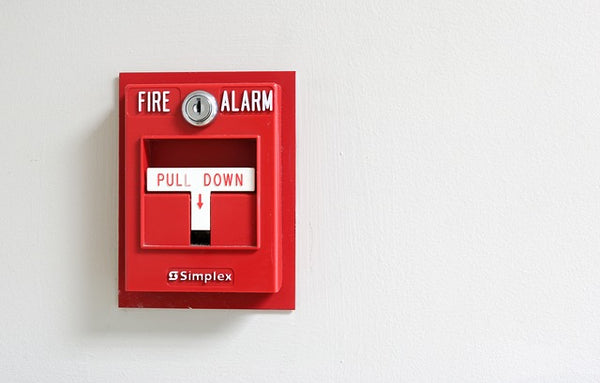
- Nothing should be near the hot bulbs or lights. Keep the combustible materials away.
- Use a smoke detector in your grow room to detect any fire in the early stage. You will be able to extinguish the fire on time.
Personal Safety
- While working in an indoor grow room, make sure to wear protective glasses. Some rays from the grow lights are harmful to your eyes. Moreover, do not spend too much time under the light as UV rays can cause harm to your skin.
- Keep the floor dry as it creates slip and fall hazards.
- While using fertilizers and chemicals, make sure to wear gloves. Furthermore, keep them in a safe area.
- Use a respirator mask in case of pest control chemicals.
- Your shoes should not be slippery.
- Take safety measures while using the gardening tools.
- The door of the indoor grow room should be fire-resistant.
Related Posts:
How to Choose the Right Grow Tent Size?
How To Control Humidity In Your Grow Tent?
Featured Products
Blog Posts
Contact Us with Any Idea!
- Choosing a selection results in a full page refresh.
!















